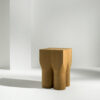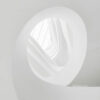David Quinn (b. 1971) is an Irish artist living and working in Shillelagh, Ireland. He has exhibited his small-scale, abstract, minimalist, and intuitive works, influenced by book design, musical notation, character writing, and the Japanese philosophy of wabi-sabi, regularly since 1995.
Much of his work consists of fabric panels glued to a harder surface, such as small pieces of plywood about 8 x 5 inches. Their size is reminiscent of the sketchbooks he used as a design student.
He says about his work: “I went to art college to study design and photography but while I was there I kept lots of notebooks in which to put down ideas often with no goal or particular brief in mind. After a while, I realised that these were more interesting, to myself and others, than the more finished projects I produced, and so I figured, why not present them as objects/paintings, in their own right. I didn’t set out to be an ‘artist’ but it seemed the most obvious route to take if I wanted to keep doing my own thing…
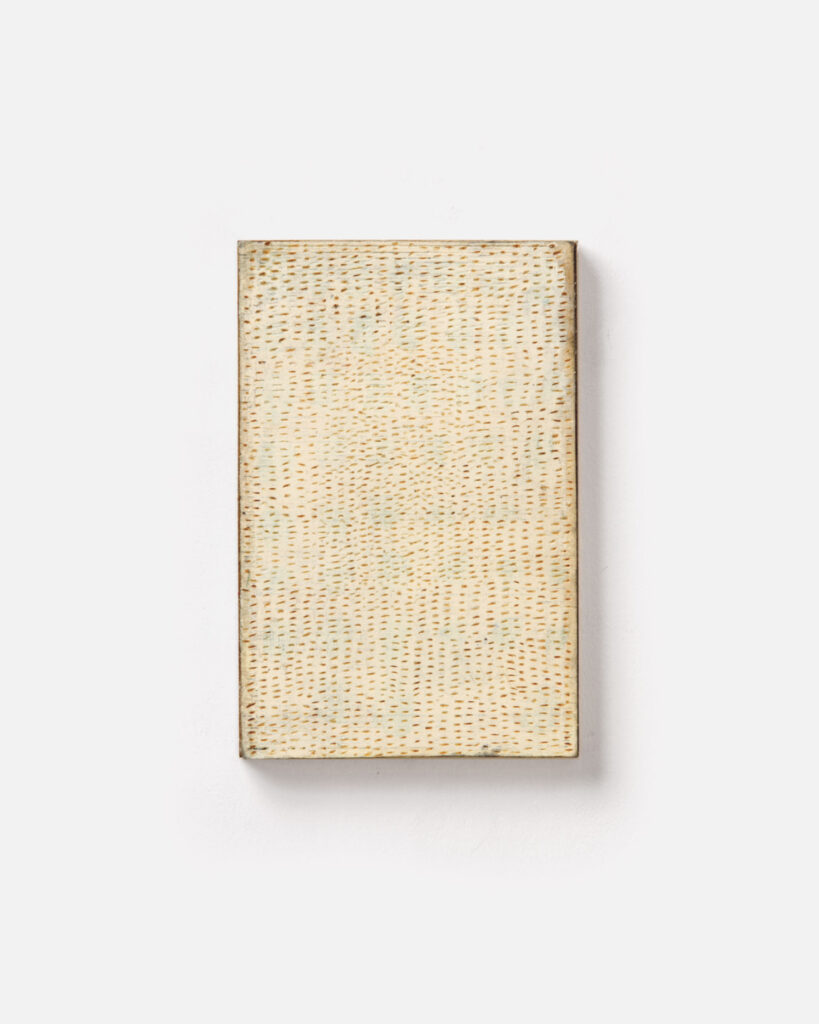
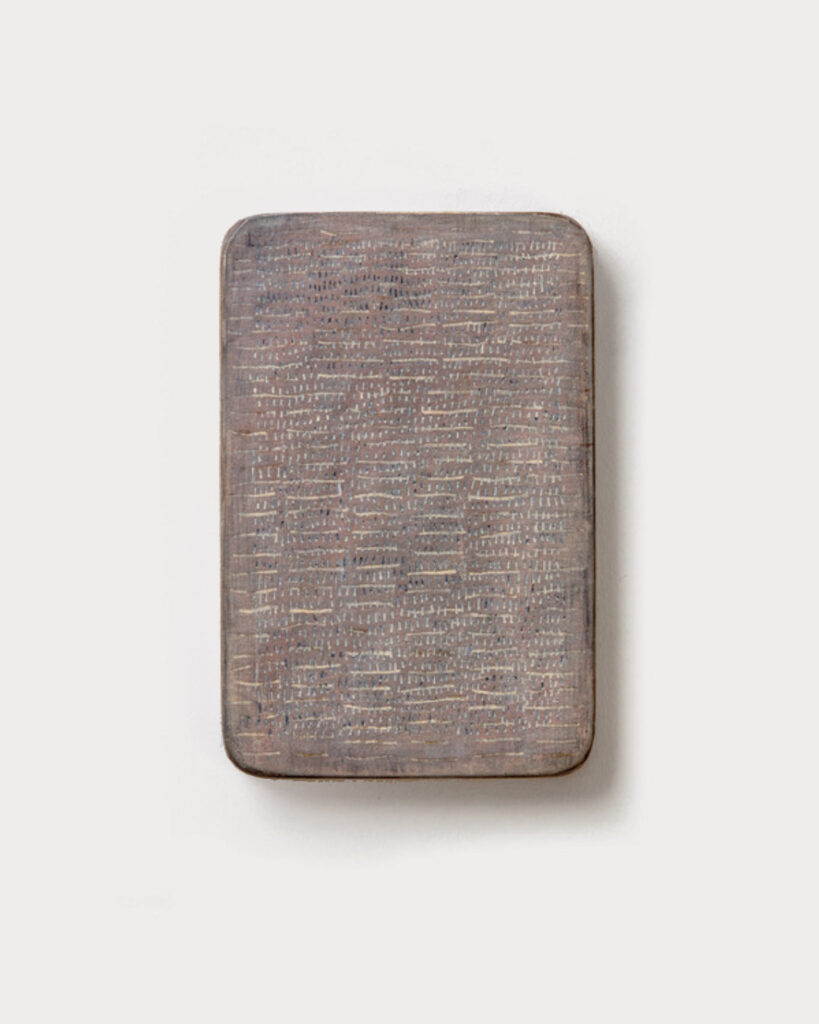
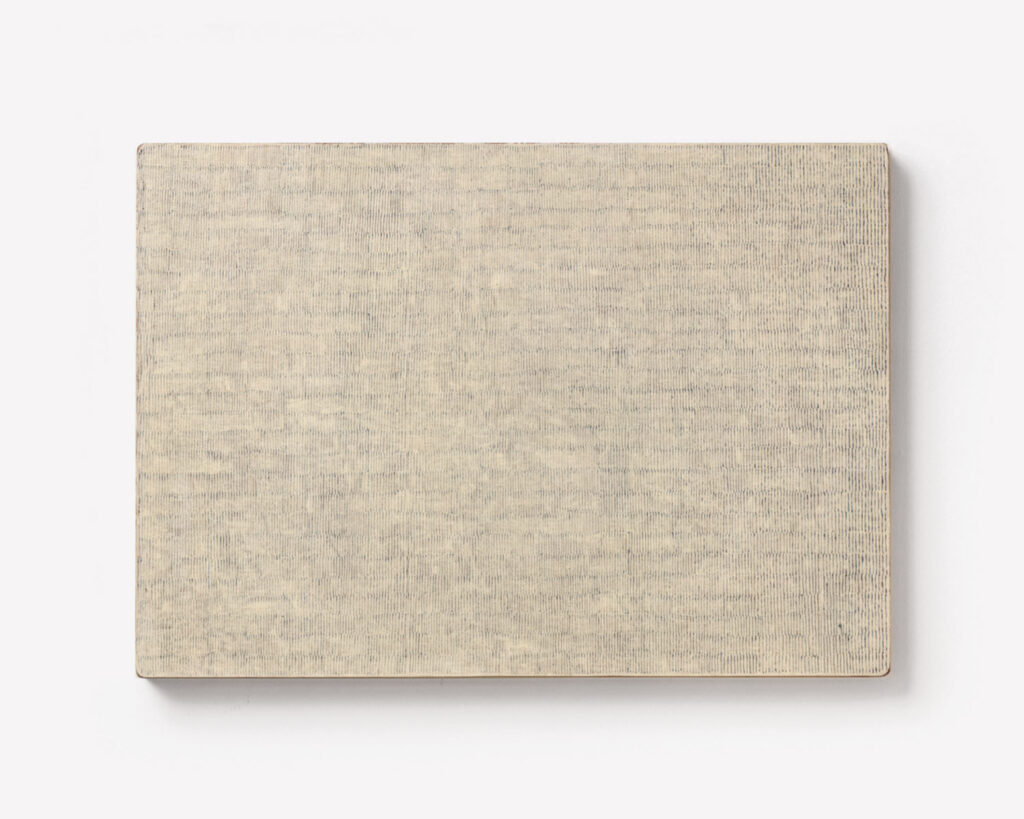
… I have made larger pieces as well, but I often return to the notebook scale as it allows me to try things out and it matters little if it doesn’t work out. They are also something I can work on no matter where I am, and I like to travel light. I’ve had to work in small studio spaces at times and wouldn’t always have been able to make larger work.
Most of my favourite works of art are small. Pieces by Kurt Schwitters, Paul Klee, Agnes Martin, Charles Brady and Forrest Bess come to mind. I also love old Russian icons and miniature Persian paintings. Simonides I think said “painting is silent poetry” and I see these small pieces of mine as visual haikus. They remind me of old paperback books, which I love.” (Via Purdy Hicks Gallery)
The repeating patterns of lines, dots, and grids, the muted colors, and the worn edges in his works allude to the transience of time. David Quinn always works on several paintings at once, which he sees as signs of the past. For him, they represent a symbol of the time it takes to complete the creative process. David Quinn sees his work as visual haiku, a form of poetry that reflects his deeper thought processes using lines instead of words.
I had the pleasure of talking to David about his creative process, the influence of Eastern philosophies on his art, and much more. You can find the interview here: A Conversation With Artist David Quinn
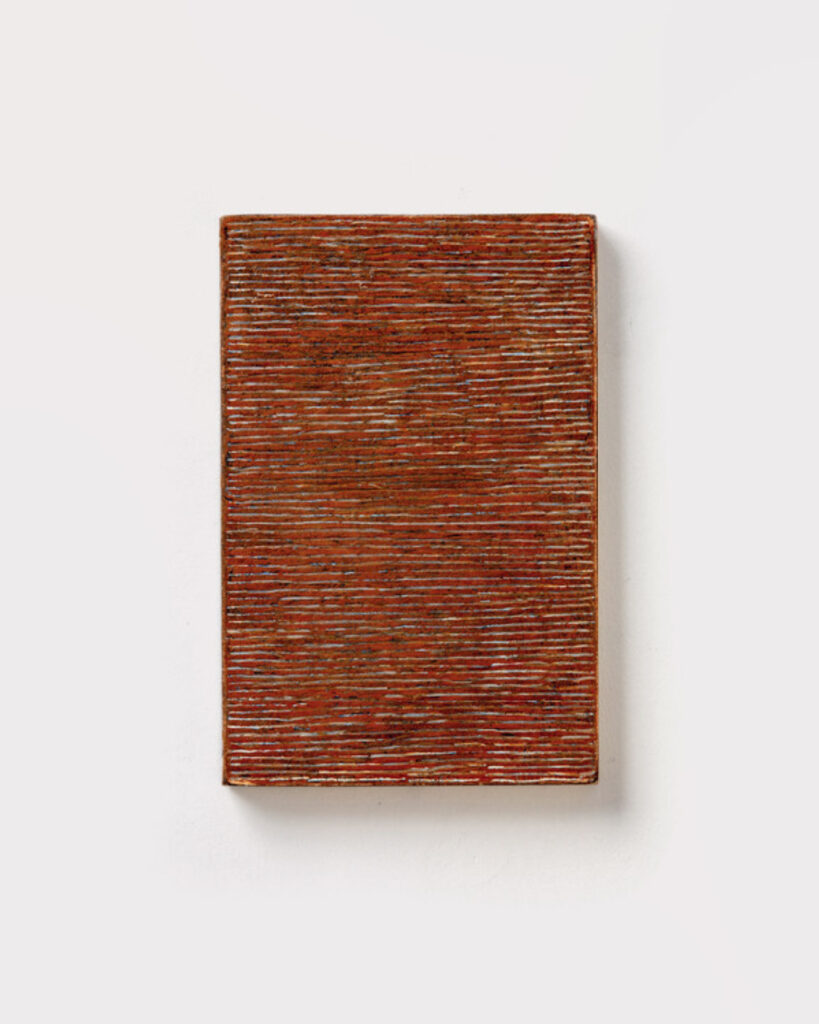
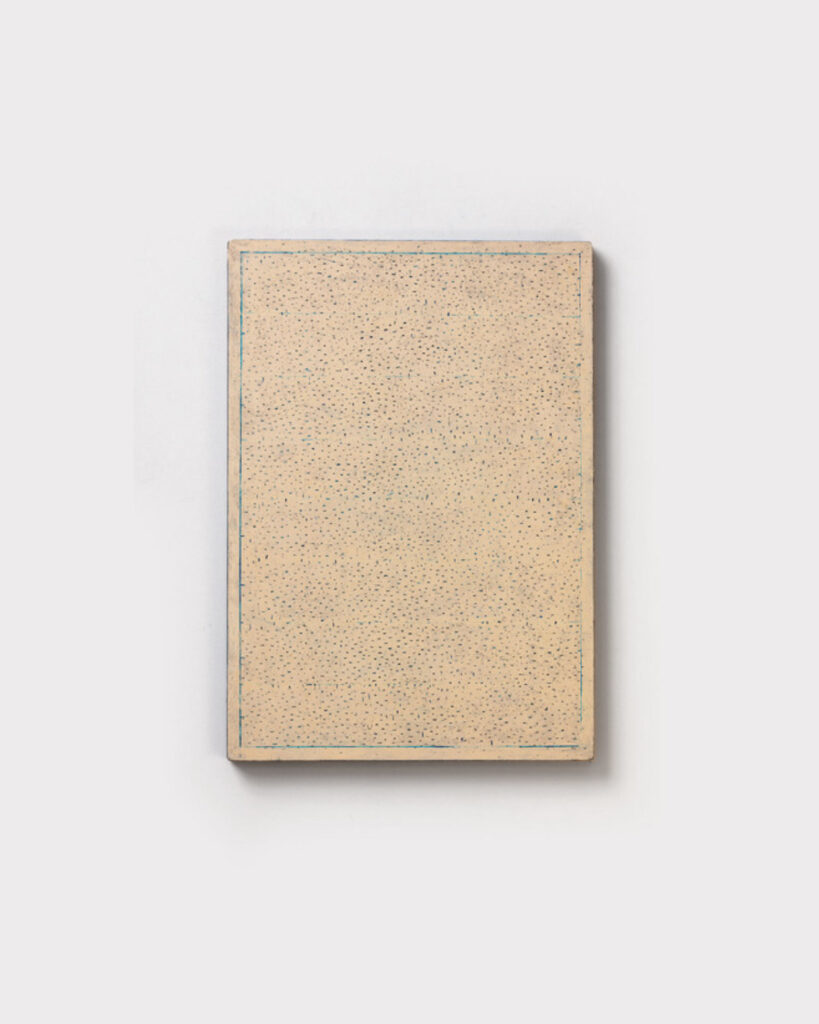
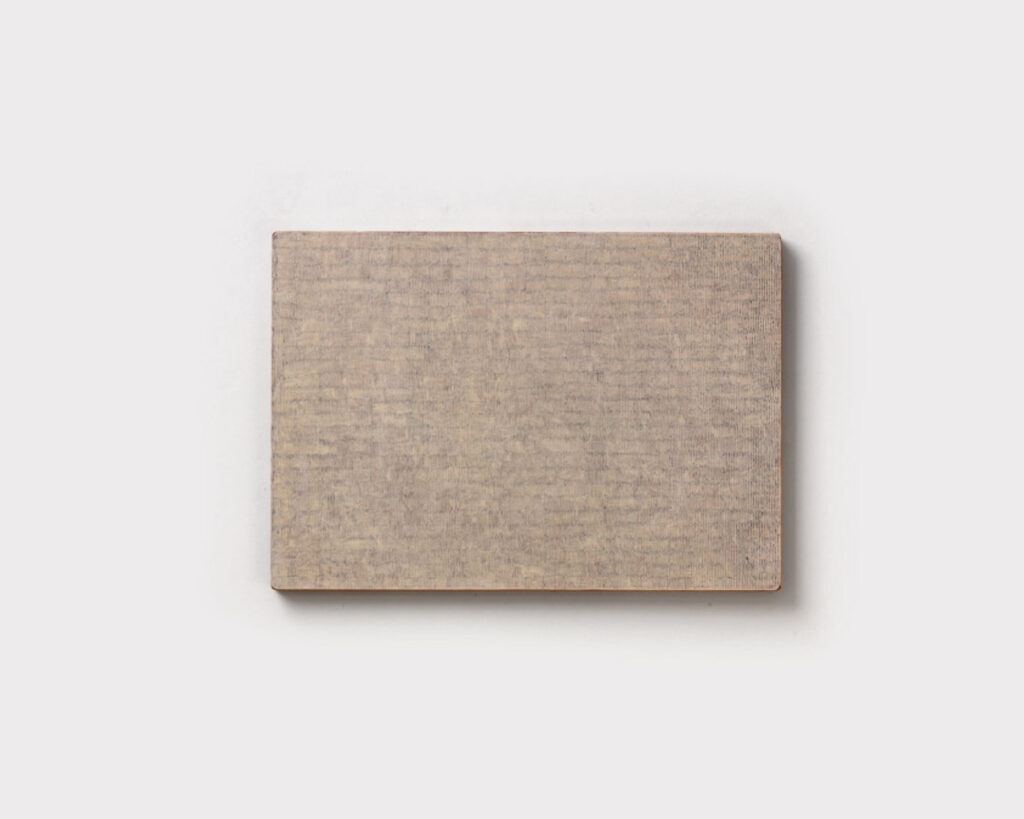
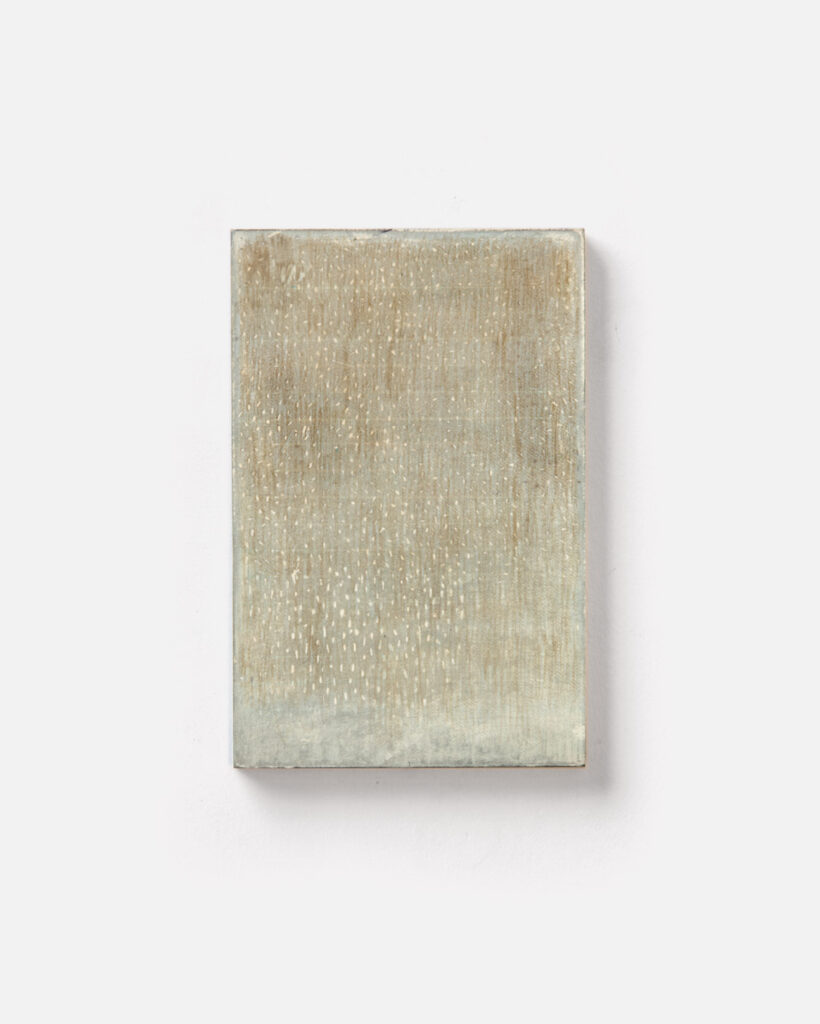
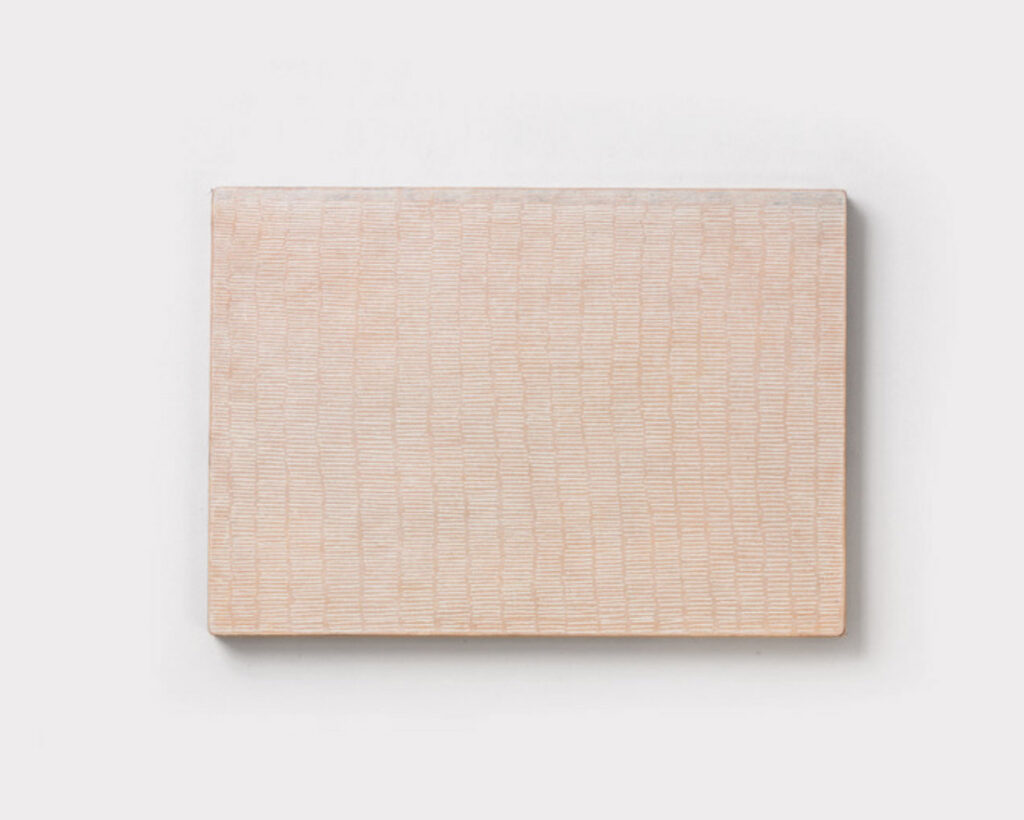
Further Reading
- https://www.davidquinn.ie/
- Explore more of his work via Anima Mundi Gallery.
